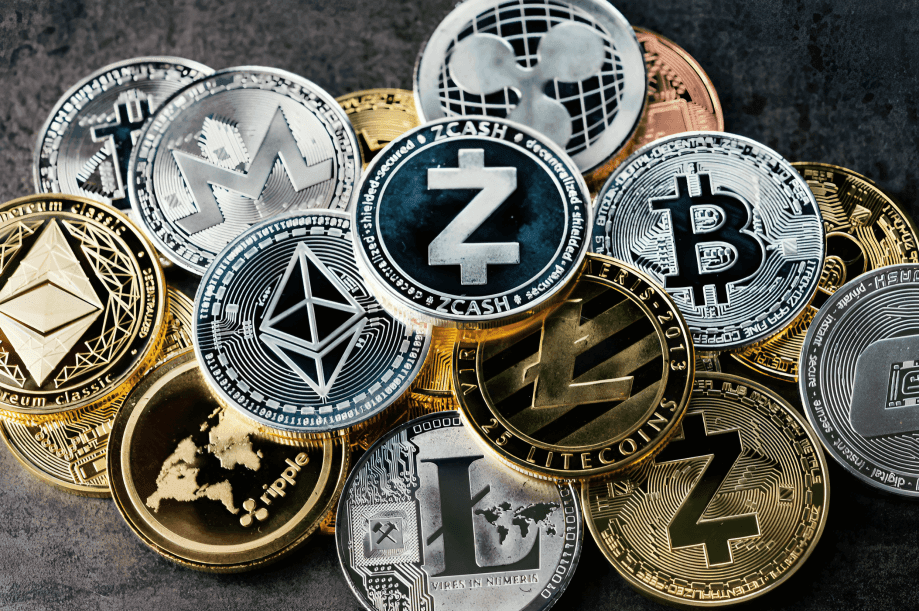If you’ve ever looked up a company’s stock in India, chances are you’ve seen it listed on both BSE and NSE and wondered what the difference in it. For many people just starting out, Bombay Stock Exchange and National Stock Exchange feel almost interchangeable. After all, both are big names, both deal with stocks, and both are trusted platforms.
This article breaks down the key differences between the two, without confusing you. We’ll help you to understand how returns may be different, what makes one stand out over the other, and which might work better depending on your goals. Whether you’re curious, confused, or just want a clearer picture, you’re in the right place.
Features and Highlights of Bombay Stock Exchange
Exchange often comes up first when people talk about the roots of the Indian financial markets. This famous exchange, which is situated in the center of Mumbai, is more than simply a financial center—it is a representation of heritage. With a market capitalization that consistently places it among the top exchanges in Asia, the BSE has built a reputation that blends tradition with trust.
- It hosts a wide range of securities, from equity and debt instruments to mutual funds and derivatives, making it a versatile platform for investors.
- Being the oldest stock exchange in Asia truly sets it apart and lends credibility to the fact that newer platforms are still earning.
- Many investors, especially those who keep their eye on established or legacy companies, tend to lean toward the BSE because of its reliability, robust regulatory framework, and consistent performance.
It’s not just about where you trade sometimes, it’s about trading where experience runs deep.
The Evolution of Stock Exchanges in India
Stock trading in India has come a long way from brokers trading under a banyan tree in Mumbai to real-time transactions on smartphones.
- The Bombay Stock Exchange (BSE), founded in 1875, set the foundation as Asia’s oldest stock exchange. Decades later, the National Stock Exchange (NSE) entered with a tech-driven approach, revolutionizing how India trades.
- Their rise marked a shift from traditional methods to digital platforms, opening doors for everyday people to participate in the markets.
- Today, BSE and NSE aren’t just stock exchanges—they’re vital engines of India’s economy, connecting millions to the financial world with speed, trust, and accessibility.
Key Differences of Bombay Stock Exchange vs NSE
When people dip their toes first time into the world of stocks in India, one question pops up a lot: “Should I go with BSE or NSE?”. Let’s break this down in plain language, starting from the basics.
A Quick Look at Both Exchanges
The Bombay Stock Exchange (BSE) is like the seasoned grandmaster of Indian markets which is founded in 1875. It’s the oldest stock exchange in Asia. It has a deep legacy and is home to the Sensex, its benchmark index featuring 30 heavyweight companies.
On the other hand, the National Stock Exchange (NSE) came onto the scene much later, in 1992, with a fresh, tech-forward approach. It introduced Nifty 50, flagship index and quickly became a favorite for those looking for fast, digital-first access to the markets.
Why This Comparison Matters in Real Life?
If you’re buying or selling shares, where you do it can affect execution speed, price differences, and even liquidity. Think of BSE and NSE as two competing apps that offer the same service, some are smoother, quicker, or just feel more intuitive to use.
That’s why understanding the differences between BSE and NSE isn’t just for finance geeks — it’s smart and practical stuff.
Core Functional Differences
| Aspect | Bombay Stock Exchange (BSE) | National Stock Exchange (NSE) |
| Year of Establishment | 1875 | 1992 |
| Location | Mumbai | Mumbai |
| Benchmark Index | Sensex (Top 30 companies) | Nifty 50 (Top 50 companies) |
| Number of Listed Companies | 5,000+ Largest India | ~1,600–1,800 |
| Market Capitalization | ₹260–₹266 trillion (2023–2024) | ₹199–₹320 trillion (2023–2024) |
| Trading Volume and Liquidity | Lower liquidity, lower trading volume | Higher liqudity and trading volume |
| Technology | Electronic since 1995 (Bolt) | Electronic since inspection (1992) |
| Global Ranking | 9th-10th largest | 8th-11th largest |
| Product Offering | Equities, derivatives, bonds, ETFs, mutual funds, commodities | Equities, derivatives, bonds, ETFs, mutual funds, commodities |
| Derivatives Market | Lower activity | Dominates derivatives trading |
| Network Reach | ~450 cities | 1,500+ cities |
| Listing Criteria | Broader, includes more small/mid-cap | Stricter, focuses on established firms |
| Internatinal Presence | Limited | Broader Partnership |
User Experience Differences: Interface, Speed & Digital Reach
This is where it gets real for most users — how it feels to use each exchange.
- Speed of Execution
NSE is often praised for its lightning-fast order matching engine. If you’re someone who wants to get in and out of trades quickly, this matters. BSE has improved a lot over the years, but NSE still has the edge here.
- Interface & Digital Tools
While most people use broker platforms like MT5, the underlying data feed and connectivity come from the exchanges. NSE’s infrastructure tends to sync better with modern tools and apps, giving it an upper hand in real-time price tracking and data delivery.
- Reach & Popularity
More trading apps and brokers default to NSE when showing live prices or executing trades. This popularity loop means more liquidity, tighter spreads, and often — slightly better prices, especially during high-traffic moments in the market.
BSE vs NSE Returns: Is There Really a Difference?
Most of the time the difference isn’t earth-shattering, when it comes to BSE vs NSE returns. Both exchanges list many of the same stocks, and prices usually sync up quickly. But in real-time market action, subtle differences can show up.
For instance, you might notice a slight price lag or variation due to order flow or liquidity, particularly in less actively traded stocks. Now, if you’re looking at index performance, remember that Sensex (BSE) tracks 30 companies, while Nifty (NSE) tracks 50 and that alone can create a variance in returns depending on which sectors are performing well.
A practical tip? If you’re tracking long-term returns, focus more on the underlying stocks or index weightages, rather than obsessing over the exchange itself. But for short-term movers, volume and execution speed might bend the scale just enough to make you pick one over the other.
Conclusion
At the end, both BSE and NSE play a crucial role in shaping how India trades and grows financially. Your choice depends on what you value more—heritage or high-frequency execution. If you’re just getting started or looking for reliable insights, Trillium Financial Broker is here to simplify the complexities and help you feel more confident about every move you make in the market.
Ready to take control of your market journey? Connect with Trillium Financial Broker today and start trading smarter—not harder.











